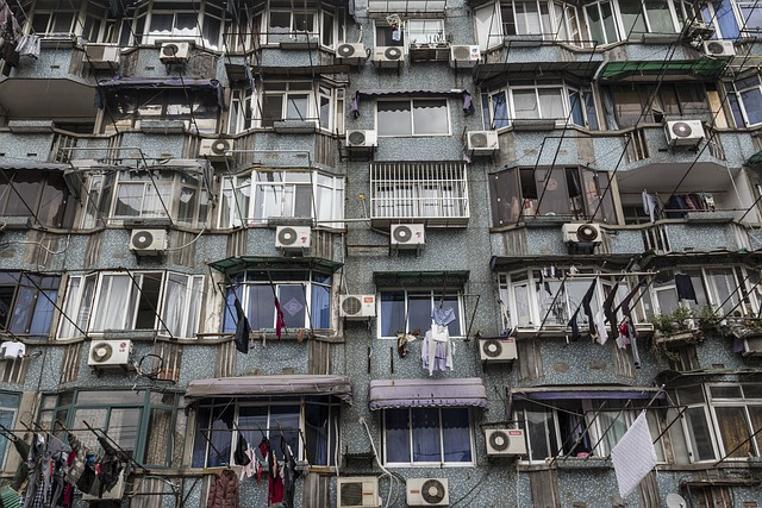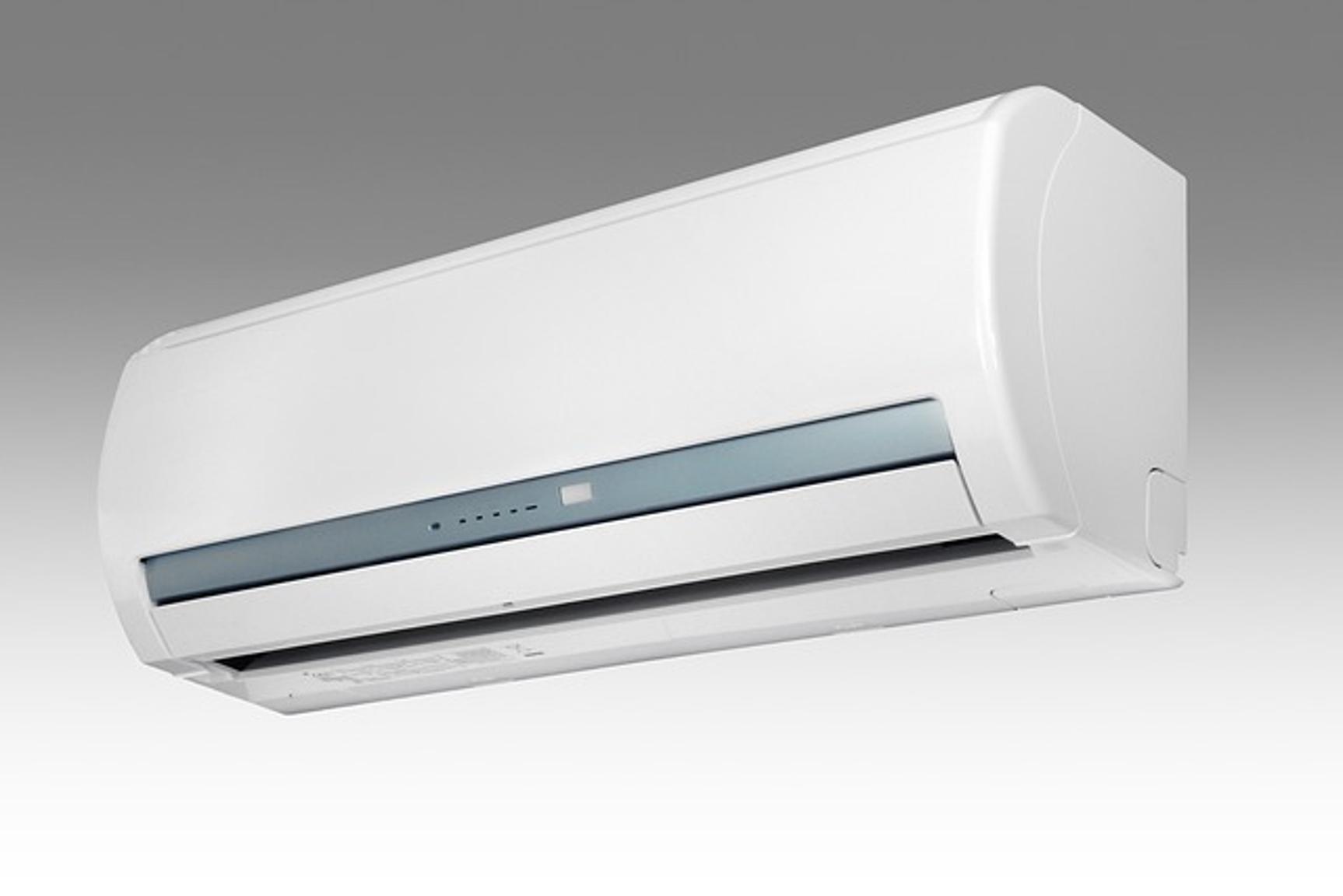Introduction
Understanding how central air conditioning works can help you maintain a comfortable environment in your home or office while ensuring energy efficiency and proper maintenance. Central air conditioning systems are a vital part of modern living, providing relief from scorching summer heat and maintaining indoor air quality. This comprehensive guide will walk you through the integral components, the refrigeration cycle, and the overall operation of central air conditioning systems. Additionally, we’ll explore energy efficiency considerations and key maintenance tips. Let’s dive in to uncover the inner workings and best practices for managing your central air conditioning system.

Components of Central Air Conditioning Systems
Central air conditioning systems are composed of several key components, each contributing to the overall functionality and efficiency of the system.
Thermostat
The thermostat acts as the brain of your air conditioning system. It monitors the indoor temperature and signals the air conditioner to turn on or off to maintain the desired temperature. Modern thermostats come with programmable features and smart technology, allowing precise control over your indoor climate.
Air Handler
The air handler is responsible for circulating air throughout your home. It consists of a blower and related components, ensuring that cooled air from the evaporator coils is distributed efficiently through the ductwork and into various rooms.
Compressor
Located in the outdoor unit, the compressor plays a crucial role in the cooling process. It compresses the refrigerant, increasing its pressure and temperature before sending it to the condenser coils.
Condenser
The condenser, also situated in the outdoor unit, receives the high-pressure refrigerant from the compressor. Here, the refrigerant releases heat absorbed from the indoor air, which is then expelled outside. This process transforms the refrigerant back into a liquid state.
Evaporator Coils
Evaporator coils are located inside the air handler or furnace. When the refrigerant flows through these coils, it evaporates and absorbs heat from the indoor air. The cooled air is then circulated back into your home via the air handler.
Refrigerant
The refrigerant is a chemical compound crucial for heat exchange. It cycles between liquid and gaseous states, extracting heat from indoor air and releasing it outside, thus cooling your living space.
The Refrigeration Cycle
The refrigeration cycle is the backbone of how central air conditioning works, involving a continuous loop of heat absorption and release.
Explanation of the Refrigeration Cycle
The cycle begins when the thermostat detects the need for cooling. The compressor pumps refrigerant through the system, starting its journey in a gaseous state.
Heat Exchange Process
As the high-pressure liquid refrigerant reaches the evaporator coils, it evaporates and absorbs heat from the indoor air. This cooled air is then blown into your home.
Role of Refrigerant in Cooling
The refrigerant, now in a gaseous state, travels to the condenser. Here, it releases the absorbed heat outside and transforms back into a liquid. This continuous loop is essential for maintaining a cool and comfortable indoor environment.
How the System Operates
The operation of a central air conditioning system involves drawing in warm air, cooling it, and distributing the conditioned air throughout your home.
How Air is Drawn In and Cooled
The air handler draws in warm indoor air through return ducts. As it passes over the evaporator coils, the refrigerant absorbs heat, and the air is cooled.
Distribution of Cooled Air
Once cooled, the air is pushed through a network of ducts to various rooms in your home. This ensures a uniform temperature distribution, providing consistent comfort even in larger spaces.
Thermostat Regulation
The thermostat continuously monitors indoor temperatures, guiding the air conditioning system to maintain the preset climate. When the desired temperature is reached, the thermostat signals the system to pause, conserving energy while ensuring comfort.

Energy Efficiency in Central Air Conditioning
Efficiency is crucial for both environmental impact and cost savings. Here’s what you need to know to keep your system running smoothly.
Importance of Energy Efficiency
An energy-efficient air conditioning system not only reduces electricity bills but also decreases your carbon footprint. Efficient systems minimize energy waste while maintaining optimal performance.
SEER Ratings
The Seasonal Energy Efficiency Ratio (SEER) rating measures an air conditioner’s efficiency. Higher SEER ratings indicate better energy performance. Aim for units with a SEER rating of 14 or higher for significant energy savings.
Tips for Increasing System Efficiency
- Regular Maintenance: Routine check-ups and cleaning can enhance system performance.
- Seal Duct Leaks: Ensuring that your ductwork is well-sealed minimizes energy loss.
- Programmable Thermostats: Use programmable thermostats to optimize temperature settings based on your schedule.
- Shade the Outdoor Unit: Providing shade to the outdoor unit can improve efficiency by reducing the workload on the system.
Maintenance and Troubleshooting
Proper maintenance and timely troubleshooting can prolong the life of your air conditioning system and ensure consistent performance.
Regular Maintenance Tips
- Change Filters: Replace filters every 1-3 months to maintain airflow and efficiency.
- Clean Coils: Keep evaporator and condenser coils clean to improve heat exchange.
- Inspect Ductwork: Regular inspections for leaks or blockages ensure efficient air distribution.
- Professional Check-Up: Annual professional inspections can identify and mitigate potential issues before they escalate.
Common Problems and Solutions
- Insufficient Cooling: Check for dirty filters or blocked vents.
- Frequent Cycling: Could indicate thermostat issues or an oversized unit.
- Water Leaks: Often due to blocked drain pipes or low refrigerant levels.
- Strange Noises: Typically signs of mechanical issues requiring professional attention.
When to Call a Professional
If you encounter persistent problems, strange smells, or inefficiencies even after DIY troubleshooting, it’s time to call in a professional. Expert technicians can diagnose and resolve complex issues, ensuring the longevity and efficiency of your system.

Conclusion
Understanding how central air conditioning works helps you make informed decisions about maintenance, efficiency, and troubleshooting. By knowing the key components and the refrigeration cycle, you can appreciate the complexity and importance of regular upkeep. Following these guidelines ensures a comfortable and energy-efficient living environment, no matter how hot it gets outside.
Frequently Asked Questions
How often should I maintain my central air conditioning system?
Regular maintenance should be performed annually, ideally before the cooling season begins. This includes professional check-ups and DIY tasks like filter replacement and coil cleaning.
What are the signs that my central air conditioning needs repair?
Common indicators include insufficient cooling, frequent on-off cycling, water leaks, and unusual noises. If these issues persist, it’s advisable to seek professional assistance.
Can central air conditioning improve indoor air quality?
Yes, well-maintained systems can significantly enhance indoor air quality by filtering out pollutants, allergens, and dust, ensuring a healthier living environment.
